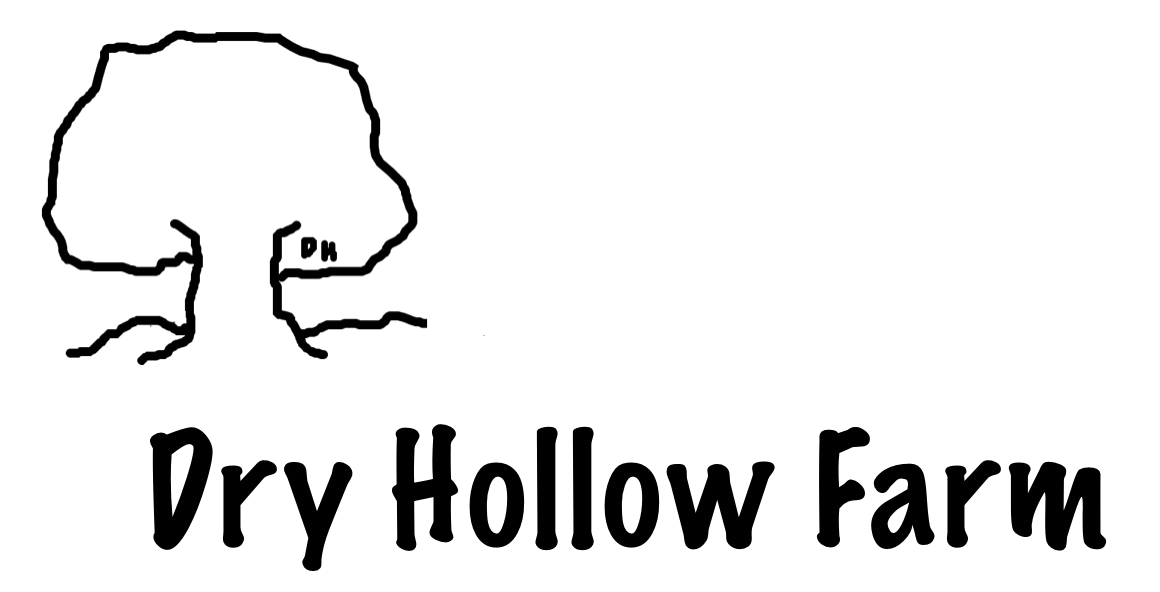Harvesting Herbs (1)
As early September arrives, we begin counting down the weeks until our first frost date. In western Tennessee, this usually occurs somewhere around October 15th. Many of our herbs cannot survive much below 40 degrees, so our growing season will dramatically come to a close overnight.
For our summer herbs such as the various basils, the last cutting will be at least the third of the season. Others like Lemongrass have grown all season and won’t be cut until right before the first frost when we harvest the stalks to the ground.
Before we begin harvesting and processing herbs, we consider five questions:
#1 Do we plan to gather seeds from certain herb varieties? If we hope to harvest seeds for next year’s plantings, then we allow certain sections of the herbs to continue growing without harvesting. These plants produce flowers which eventually dry and provide scads of seed heads. We harvest these and store until next year.
#2 Do we plan to grow the same herb variety in the same section of garden bed next year? If so, allowing the plant to flower then dry provides self-sown seeding in the soil. These volunteer plants will supplement direct sowing of seeds or plants the following spring.
#3 Do we plan to dry the herbs for use in herbal teas or use the herbs for herb-infused oils? Most of our herbs we dry before adding them to jars of olive oil for steeping, but some (like Lemongrass) we infuse freshly picked while the stalks are still green.
#4 Are there any herb varieties we will dig and place in pots for continuing throughout the winter months in the greenhouse?
#5 Will some of our herb varieties overwinter in place? For example, for our growing zone, Yarrow will overwinter just fine with little impact from the cold unless temperatures drop dramatically with our version of “arctic cold.” Valerian and Lemon Balm may die back if temperatures are bitter cold, but will return quickly in the early spring.
For many of our posts this year, we have emphasized the importance of planning long-term. Right now, as fall approaches, we are making decisions which will impact both of product offerings and next year’s herb plantings.
Dr. Kathryn Bush owns and operates Dry Hollow Farm, a working goat and sheep farm in Huntingdon, Tennessee. Together with her husband, Russell, she creates skincare products from their fresh goat milk, grows organic herbs, welcomes visitors to their two cabins on the farm (available for stays through Airbnb), keeps the farm’s on-site soap shop stocked with their handcrafted products, and enjoys working the farm in company with their Great Pyrenees dogs (who work hard guarding the animals). Check out their natural products featuring farm-grown ingredients here, and sign up for the Dry Hollow Farm newsletter to stay in touch and be the first to hear about farm news, events, and new products.

